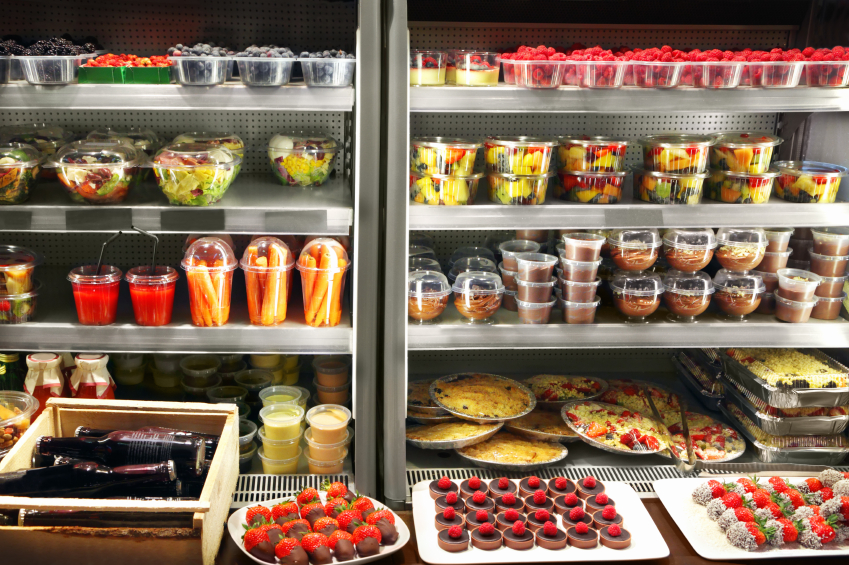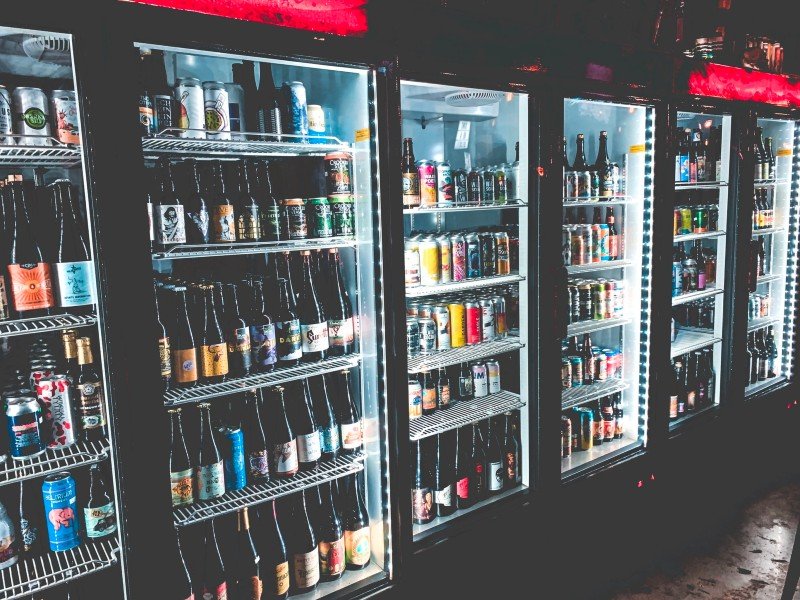
Chances are, your clients take their refrigerators for granted. Most of the time they’re reliable, long-lasting, they keep their food fresh and they keep their beverages refreshing on those long, warm summer days. However, what happens if a refrigerator malfunctions or reaches the end of its life and requires replacement with a newer, more efficient model. This is probably the time when your so far disinterested clients are going to start asking questions.
Which is completely normal. They simply wish to know what went wrong with their trusty old fridge and how you plan on fixing it. This is where you step in. Not only do you have to do your job, which is resolving problems with their units, but you also need to provide simple and detailed explanations on how refrigerators work and what you’re going to do with them. This way, you’re enhancing the satisfaction of your clients and building a stronger customer base.
How Does A Household Fridge Work?
When the temperature on the inside of the refrigerator goes above the temperature your client has previously set, the refrigeration cycle begins. Carefully explaining the essential details of the refrigeration cycle will help your customers understand just how complicated a refrigerator is and why it’s important to regularly repair and maintain it. The refrigeration cycle involves the following steps:

- First, the refrigerant present in the compressor receives an ample amount of pressure. This raises its temperature, reduces its volume, and helps it transition into its gaseous state before moving into the exterior condenser coils.
- As the now gaseous and hot refrigerant enters the exterior coils, it gradually begins to cool down either by air or water. From there, it condenses back into its liquid state and transitions into the interior of the appliance.
- As it transitions into the interior it passes through the expansion valve where it sustains a pressure reduction, causing it to become cooler.
- When the refrigerant enters the interior of the fridge, it begins to absorb the heat from within the appliance in order to help it attain the desired temperature. As this happens, it reverts back into gas and exits the evaporator.
- Finally, the gaseous refrigerant transitions back into the compressor, waiting to begin the cycle again.
What Are The Vital Components Of A Refrigerator?
Even when you provide in-depth explanations of the inner workings of the refrigeration cycle, your clients are probably going to want to know more about which component malfunctioned or why they have to think about replacing their faulty or aging unit. This is why you and your technicians need to be able to be able to describe the various components as well.
Refrigerators are actually quite complex devices that consist of various parts and components that work in unison to provide adequate cooling. However, there are several components which are more important than the rest of them. They are the compressor, the condenser, the evaporator, the expansion valve and the thermostat. Let’s see what they do:
Thermostat
The thermostat controls the interior temperature of the refrigerator and signals the system to begin the cycle if the temperature goes over the desired one.
Expansion Valve
This component cools down the hot liquid refrigerant by reducing its pressure before it enters the interior of the unit.
Evaporator
The evaporator serves to absorb as much of the heat from the interior of the unit as possible with help of the refrigerant.
Condenser
The condenser releases all the heat the refrigerator absorbs during the cycle.
Compressor
Finally, the compressor is the most important component as it begins the cycle by pressurizing the refrigerant into its gaseous state and sends it toward exterior condenser coils.














